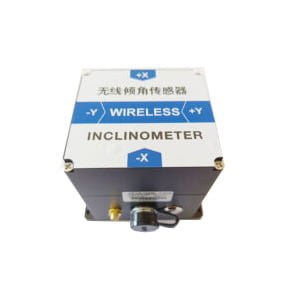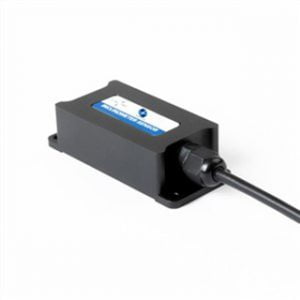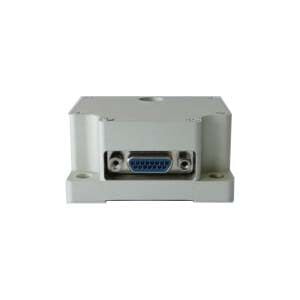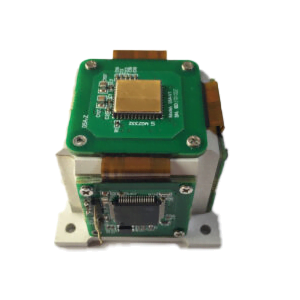Inclination sensors, also known as inclinometers, inclinometers, levels, and inclinometers, are often used to measure changes in the horizontal angle of the system. The level from the simple bubble level in the past to the electronic level is the result of the development of automation and electronic measurement technology. As a detection tool, it has become an indispensable and important measurement tool in the fields of bridge erection, railway laying, civil engineering, oil drilling, aviation and navigation, industrial automation, intelligent platform, machining and other fields. The electronic level is a very accurate detection tool for measuring small angles. It can be used to measure the inclination of the measured plane relative to the horizontal position, the mutual parallelism and perpendicularity of the two parts.
Difference
The theoretical basis of uniaxial tilt sensors is Newton's second law. According to the basic principles of physics, inside a system, velocity cannot be measured, but acceleration can be measured. If the initial velocity is known, the linear velocity can be calculated by integrating, and the linear displacement can then be calculated. So it's actually an acceleration sensor that uses the principle of inertia. The dual-axis inclination sensor is a measurement tool designed for the Angle between two directions based on the single axis combined with specific practical requirements. By directly measuring the acceleration of the measured object, the biaxial inclination sensor can obtain the linear velocity of the object through integral operation, and then further obtain the displacement of the object.
What angle can be measured by single-axis and dual-axis respectively, and the single-axis inclination sensor can only measure the angle change generated around one axis. The dual axis can measure the angular change relative to the two axes. The tilt sensor can be installed horizontally and vertically. Depending on the installation method, the angles measured by the single-axis and dual-axis tilt sensors are also different. The dual-axis can measure the roll and pitch angles, while the single-axis can only measure the roll angle when horizontal installation is selected. Or the pitch angle, if the single axis can only measure the flip angle when the vertical installation is selected, the pitch angle is not optional.The dual-axis inclination sensor has the measurement advantages of single-axis inclination sensor, but also has the measurement effect that single-axis cannot achieve, and has a wider measurement range.
Sensor Features
Filter function
When the output is required to be relatively stable, it is recommended to use a relatively gentle output, so that the output value tends to be flat, and the change will not be too drastic. If a very timely output is required, such as when measuring vibrations with higher frequencies, a high-frequency output can be used, however, the output will be unstable due to a very short response time. At the same time, the internal filtering function can be used to achieve the goal of measuring the inclination angle in vibration situations.
Inclination measurement
Through the cooperation of two axes, the principle is to express the rotation of a coordinate system in the form of Euler angles, which can realize the measurement of 360-degree inclination. The product is already very stable. In some occasions where full-scale inclination measurement is required, it is ideal to choose a 360-degree product.
Application field
- Engineering vehicle leveling
- Monitoring of bridges and large ridges
- Laser equipment positioning
- Medical equipment angle control
- Underground drilling rig attitude navigation
- Railway gauge ruler and gauge gauge
- Precision machine tool level control
- Inclination monitoring of geological equipment
- Elevation angle measurement of directional satellite communication antenna
- Hoisting machinery tilt control
- Tower pole tilt monitoring
- PV automatic tracking
Inclination sensors
tilt sensor
tilt switch sensor
tilt sensor price
mems tilt sensor
dual axis tilt sensor
high accuracy tilt sensor
More Technical Questions
1.Application of Inclination Sensor in Electronic Belt Conveyor
2.Composition and Application of Inclination Sensor
3.How is MEMS Different from Mechanical Gyroscope?
4.What is MEMS Sensor and its Technical Advantages?
5.Background and Development Status of MEMS Inertial Sensors
6.How do MEMS gyroscopes work?
Products in Article







